- Convenient bundles with extra savings
- Save time and money with our kits and bundlesFind your ideal containerBuild your terrarium up from the bottomTime to get creative, add plants, moss and decorations
- ContainersGrow Like a Pro
Philodendron White Wave Birkin
- Free wee gift when you spend £50
- Shipping only £3.95 on orders £20 and over
- Free delivery on orders over £80
A beautiful pretty new variety of philodendron plants. Must have for a philodendron lover! Easy to care and relatively fast growing aroid!
The pant has pointed glossy green leaves with contracting, white stripes. This easy to care houseplant is also air purifying! Philodendron is an aroid and will match wonderfully with one of our moss poles.
Due to the nature of the plants, there are some cosmetic damages which you can see in pictures which represent our actual stock.
The plants presented in the pictures are examples of our actual stock but the plant you will receive may be slightly different.
Free Care Guide With Every Purchase
Scan the QR for instant access to our care guide for your plant. No hassle, no stress, just healthy and happy plants.
Philodendron White Wave Birkin Care Guide
Light: Philodendron White Wave Birkin thrives in bright, indirect light. While it can tolerate low light, its unique white variegation will be more pronounced with medium to bright indirect light. Avoid direct sunlight, as it can cause leaf burn.
Water: Allow the soil to dry out between waterings. Overwatering can lead to root rot, so ensure the pot has proper drainage. During the growing season (spring and summer), water more frequently, but reduce watering in autumn and winter when the plant’s growth slows.
Humidity: Philodendron White Wave Birkin prefers moderate to high humidity levels (50-60%). It can tolerate average room humidity, but misting or placing it near a humidifier during dry months will help it thrive.
Temperature: This plant does well in temperatures between 18-26°C. Keep it away from drafts, cold windows, and air conditioning vents, as sudden drops in temperature can stress the plant.
Soil: Use our Premium Hand blend Aroid Potting Mix, available on our website. This mix provides excellent drainage and aeration, perfect for keeping your Philodendron’s roots healthy and well-drained.
Fertiliser: Feed the plant with a balanced liquid fertiliser every 4-6 weeks during the growing season (spring and summer). Stop feeding during the dormant season (autumn and winter).
Repotting: Repot every 1-2 years, or when the plant becomes root-bound, in a pot that is one size larger. This encourages healthy root development.
Pruning: Pruning is not necessary but can be done to remove damaged or yellowing leaves. Always use sterile scissors to avoid introducing pests or diseases.
Troubleshooting Common Issues
1. Yellowing Leaves:
- Cause: Overwatering or underwatering are the most common reasons for yellow leaves.
- Solution: Check the moisture level in the soil. If it’s soggy, reduce watering, and ensure the pot has adequate drainage. If it’s dry, increase watering frequency.
2. Brown Leaf Tips:
- Cause: Low humidity or inconsistent watering.
- Solution: Increase humidity by misting or using a humidifier. Make sure the soil is not completely drying out between waterings.
3. Leaf Curling:
- Cause: Underwatering or cold drafts.
- Solution: Water the plant and ensure it’s placed away from cold air sources.
4. Fading Variegation:
- Cause: Insufficient light.
- Solution: Move the plant to a spot with brighter, indirect light to encourage the white variegation to return.
5. Root Rot:
- Cause: Overwatering or poor drainage.
- Solution: Remove the plant from its pot, prune any rotten roots, and repot in fresh, well-draining soil. Reduce watering frequency and make sure the pot has proper drainage.
6. Pests (Spider Mites, Mealybugs, or Aphids):
- Cause: Dry conditions or new plants bringing pests into the home.
- Solution: Isolate the affected plant and treat with insecticidal soap or neem oil. Regularly check for signs of pests and maintain higher humidity to deter them.
*This plant is not pet friendly*
- How often should I water my Philodendron White Wave Birkin?
- Water the plant when the top inch of soil feels dry. Typically, this means watering more frequently during spring and summer and reducing frequency in autumn and winter.
- Can I use a moss pole with this philodendron, and if so, why?
- Yes, attaching it to a moss pole helps support its growth and mimics its natural climbing habit, which can promote larger, healthier leaves.
- What should I do if the leaves of my plant start turning yellow?
- Yellow leaves can indicate overwatering or underwatering. Check the soil’s moisture level; if it’s soggy, allow it to dry out more between waterings. If it’s dry, increase your watering frequency.
☀️ Light
☀️☀️▫️ (Medium)
The Philodendron White Wave Birkin flourishes in bright, indirect light. It’s perfect for enhancing its stunning white variegation, though it should be shielded from direct sunlight to prevent leaf scorching.
💧 Water
💧💧▫️ (Medium)
Let the soil dry out a bit between waterings. It’s vital to avoid overwatering to prevent root rot. Water more often in spring and summer, and reduce in autumn and winter when growth slows.
🌡️ Temperature
🌡️🌡️🌡️ (Warm)
This plant thrives in temperatures between 18-26°C. Protect it from sudden temperature drops and drafts, which can cause stress to the plant.
💦 Humidity
💦💦▫️ (Moderate)
Philodendron White Wave Birkin enjoys moderate to high humidity levels. While it can handle average room humidity, boosting moisture through misting or a humidifier will encourage healthier growth, especially in dryer conditions.
🪴 Repotting
Repot your Philodendron every 1-2 years, ideally in a pot one size larger to facilitate root growth. Use our Premium Hand blend Aroid Potting Mix for optimal results.
🐾 Pet Friendliness
This plant is not pet friendly. Keep it out of reach of curious pets to avoid any accidents.
🏠 Recommended locations at home
Place your Philodendron in a spot with stable temperature away from drafts, such as living rooms or studies where it can enjoy indirect sunlight without direct exposure.
🌿 Air Purifying
Yes, this plant helps purify the air! It’s not just beautiful but also beneficial in improving your home’s air quality.
✨ Other Plant Features
Aside from its striking appearance, the Philodendron White Wave Birkin is known for its fast growth and easy-care nature, making it a splendid addition to any plant collection.
If you have more questions, you can always ask Mossbot or contact us via our website. Remember, we also offer a free plant hospital service if you need further help with your plants.
The Ultimate Care Guide for Philodendron Plants: Diverse and Elegant
Introduction and History Philodendrons are a diverse genus of tropical plants native to the Americas, particularly abundant in the rainforests of Central and South America. The genus name “Philodendron” is derived from the Greek words “philo,” meaning love or affection, and “dendron,” meaning tree, reflecting the plant’s natural tendency to climb trees in its native habitat.
The first recorded encounter with Philodendrons by European scientists dates back to the 16th century. In 1644, German naturalist Georg Marcgraf collected herbarium material of these plants during his explorations. However, it was French botanist Charles Plumier who made a more formal introduction of the genus to European science in the late 17th century, documenting several species during his travels in the Caribbean. The formal classification and naming of the genus Philodendron were established by Austrian botanist Heinrich Wilhelm Schott in 1829. Today, Philodendrons are cherished worldwide for their lush foliage and adaptability as houseplants.
Description and Features Philodendrons are known for their wide variety of shapes, sizes, and growth habits. They range from climbing vines to self-heading varieties with large, glossy leaves. Popular species and cultivars include:
- Philodendron hederaceum (Heartleaf Philodendron): A classic trailing variety with heart-shaped leaves.
- Philodendron erubescens (Pink Princess): A striking cultivar with dark green leaves and pink variegation.
- Philodendron gloriosum: Known for its large, velvety, heart-shaped leaves with prominent white veins.
- Philodendron bipinnatifidum (Lacy Tree Philodendron): Features large, deeply lobed leaves and a more tree-like growth habit.
- Philodendron melanochrysum: Prized for its velvety, dark green foliage with golden undertones.
Key Features
- Pet-friendliness: Philodendrons are toxic to pets if ingested, so caution is advised in homes with animals.
- Low-light adaptability: While they thrive in bright, indirect light, many Philodendrons can tolerate low-light conditions.
- Moderate water needs: They prefer slightly moist soil but can tolerate occasional droughts.
- Air-purifying qualities: Known to improve indoor air quality by filtering toxins.
- Growth habit: Varies from climbing and trailing varieties to upright, self-heading plants.
Care Instructions
1. Watering
- How much water does a Philodendron need? Water when the top 2-3 cm of soil feels dry. Overwatering can lead to root rot, while underwatering may cause leaves to droop.
- Signs of overwatering: Yellowing leaves, soggy soil, and mushy stems.
- What to do if you overwater your Philodendron: Allow the soil to dry out completely and reduce watering frequency. Trim any affected roots if rot occurs.
- Underwatering signs: Wilting or curling leaves. Water thoroughly and consistently to revive the plant.
2. Light Requirements
Philodendrons prefer bright, indirect light but can adapt to lower light conditions. Avoid direct sunlight, which can scorch their leaves. If you’re wondering “can Philodendrons grow in low light?” the answer is yes, but their growth will slow.
3. Humidity and Temperature
- Humidity: High humidity levels are ideal for most Philodendrons, but they can adapt to average household humidity.
- Temperature: Keep between 18-26°C. Avoid cold drafts and sudden temperature changes.
4. Plant Food
Feed your Philodendron with a balanced liquid fertiliser every 4-6 weeks during the growing season (spring and summer). Reduce feeding in autumn and winter. If you’re searching “how to fertilise a Philodendron,” make sure the soil is moist before applying fertiliser to avoid root burn.
5. Pruning and Support
- Prune regularly to remove yellowing or damaged leaves and to shape the plant.
- Support climbing varieties with a moss pole or trellis to encourage vertical growth and healthier foliage. Moss poles are particularly beneficial as they retain moisture, promoting aerial root development. Highland Moss offers handmade sphagnum moss poles in classic green, mixed, and pink colours, along with drip cups to keep them hydrated.
Common Issues and Troubleshooting
1. Yellow Leaves
- Cause: Overwatering, lack of light, or nutrient deficiencies.
- Solution:
- Adjust watering habits and ensure the soil drains well.
- Move the plant to a brighter location.
- Use a balanced fertiliser if the issue persists.
2. Brown Leaf Edges
- Cause: Low humidity or inconsistent watering.
- Solution: Increase humidity levels and maintain a consistent watering schedule.
3. Leggy Growth
- Cause: Insufficient light.
- Solution: Relocate to a brighter spot or use a grow light.
4. Pests
- Cause: Mealybugs, spider mites, or aphids.
- Solution: Wipe leaves with neem oil or use an eco-friendly pest spray, both available on our website. Isolate affected plants and monitor closely.
5. Root Rot
- Cause: Overwatering or compacted soil.
- Solution: Repot the plant in fresh, well-draining soil and trim away any rotted roots.
Propagation Methods
1. Stem Cuttings
- Cut just below a node. The node is essential for root development.
- Place the cutting in water using a propagation station or directly into moist sphagnum moss.
- Change water weekly or mist moss regularly. Roots will develop within weeks.
2. Division
- Separate clumps with their own root systems when repotting.
- Replant in fresh soil and water lightly to settle.
3. Air Layering
- Wrap a node with moist sphagnum moss and secure with plastic wrap.
- Once roots develop, cut below the rooted node and pot into soil.
Sphagnum moss and stunning propagation stations to propagate Philodendron plants are available in our shop Highland Moss, ensuring successful and hassle-free propagation.
Is a Philodendron Plant Right for You? Philodendrons are excellent for:
- Beginners: Their adaptable nature makes them easy to care for.
- Decorative purposes: Their lush foliage adds a touch of elegance to any room.
- Air purification: Ideal for improving indoor air quality.
With proper care, Philodendrons can thrive and become a statement piece in your home. Whether you’re searching for “how to care for a Heartleaf Philodendron” or “how to propagate a Philodendron Pink Princess,” this guide has everything you need. Remember, all plants purchased from Highland Moss come with a scannable QR code for detailed care instructions and access to our Moss Bot for 24/7 plant care support.
- Authentic Photos of Our Plants: We take every photo you see, showcasing the actual plants we offer. Each plant is selected randomly unless otherwise stated, adding a touch of surprise to your order.
- Natural Variations Make Each Plant Unique: No two plants are the same. Differences in size, leaf count, and minor cosmetic imperfections are part of their charm and individuality, making your plant truly one of a kind.
- Healthy Plants, Always: While we can’t guarantee an exact match to the photos, we promise to send only happy, healthy plants that are well-cared for and ready to thrive in your space.
- Let Your Plant Settle: Allow your new plant to adjust to its surroundings for 1–2 weeks before repotting, propagating, or making any major changes. This settling-in period reduces stress and helps your plant flourish.
- Shipped-in Trusted Potting Mix: Our plants are delivered in a standard grower’s potting mix. When you’re ready to repot, choose from our premium-quality mixes designed specifically for aroids, succulents, and terrariums, available in our shop.
- Expert Guidance on Repotting: I’m unsure if it’s time to repot. Check out our article, When to Repot Your Plant, for expert advice on keeping your plant healthy and happy.
- Support for Climbing Plants: For Monstera, Philodendron, and Syngonium, add one of our handmade sphagnum moss poles and a watering drip cup. These accessories encourage natural growth, support larger leaves, and keep your plants neat and upright.
- Simple Care at Your Fingertips: Every plant includes plant care instructions, and you can scan the QR code on the nursery pot to access detailed guides. For additional help, our Moss Bot is available 24/7 on the website to answer your plant care questions.
- Complete Your Plant Setup: Browse our selection of stylish planters, precision pruning tools, watering tools, full spectrum grow lights, eco-friendly pest treatments, organic plant food, and efficient watering accessories. Everything you need for a thriving plant collection is just a click away.
Sustainably Packed with Care: Your plant will arrive safely, packed with reused and environmentally friendly materials. While we take great care to prevent damage, some fragile plants may experience minor leaf loss during transit—but don’t worry, your healthy plants will grow back. - Perfect for Every Plant Parent: Whether you’re just starting your plant journey or have a home filled with greenery, our products and accessories are designed to help you succeed.
- We carefully wrap every order using eco-friendly materials wherever possible.
- We use the Royal Mail tracked 24 delivery service.
- Orders take 1 – 2 days processing time to send; orders placed before 1.30 pm are usually sent the same day.
- Delivery is £6.95 per order, reduced to only £3.95 when you spend £20 or more
- Spend over £80 for free delivery!
- Free collection from our shop in Aberdeen and £3 local delivery available
- On rare occasions, we may use alternative couriers if necessary.
5.0
Based on 1,340 reviews
| 5 star | 97 | 97% |
| 4 star | 2 | 2% |
| 3 star | 1 | 1% |
| 2 star | 0 | 0% |
| 1 star | 0 | 0% |
1-5 of 1340 reviews
Sorry, no reviews match your current selections
Reviews
There are no reviews yet
Add a review
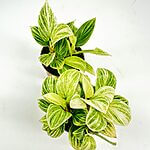 Philodendron White Wave Birkin
Philodendron White Wave Birkin
Rating*
0/5
* Rating is required
Your review
* Review is required
Name
* Name is required
Email
* Email is required
Add photos or video to your review
* Please tick the checkbox to proceed
-
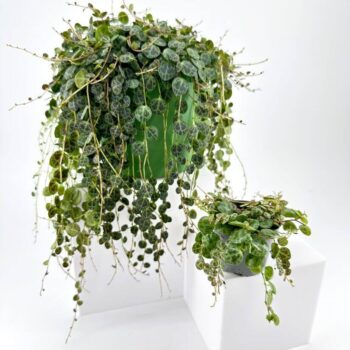
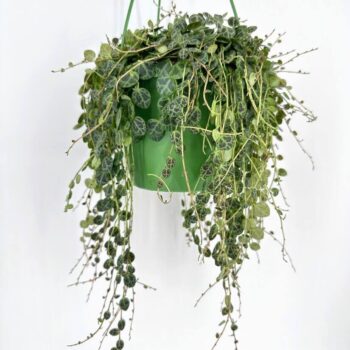
Peperomia Prostata String of Turtles
Rated 4.90 out of 5£21.00Select options This product has multiple variants. The options may be chosen on the product page -
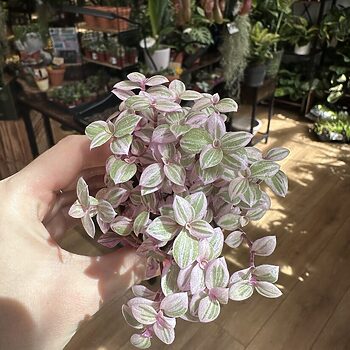

Tradescantia Callisia Repens Pink Lady Creeping Inchplant
Rated 5.00 out of 5£6.00Select options This product has multiple variants. The options may be chosen on the product page -
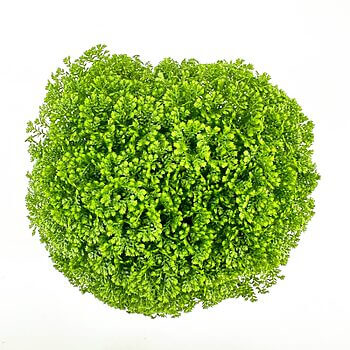
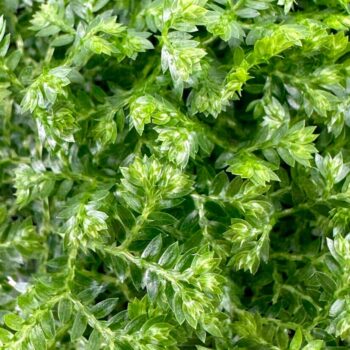
Selaginella Apoda Wire Fern Spike Moss
Rated 5.00 out of 5From: £7.00Select options This product has multiple variants. The options may be chosen on the product page -
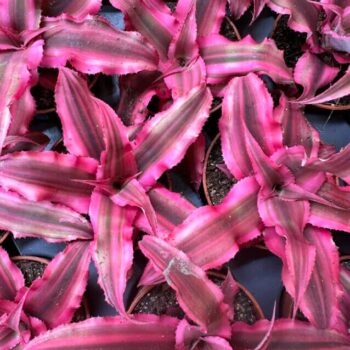

SKU: 53385
Categories: Houseplants, Match with Moss, Rare and Extraordinary, Wee Plants
Tag: philodendron
We’re a small family business with a big love for plants.
From our base in Aberdeen, we pack every order with care and love. Our small size means we can be flexible with special requests, and we’re always happy to help. We reuse packaging, craft our own eco-friendly products, and offer friendly advice whenever you need it.
See our opening times and get directions to our Aberdeen shop – we always love a local review too!
Highland Moss
What Our Clients Say
4.95 store rating (4299 reviews) | 4.93 product rating


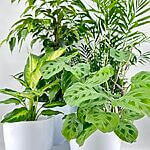

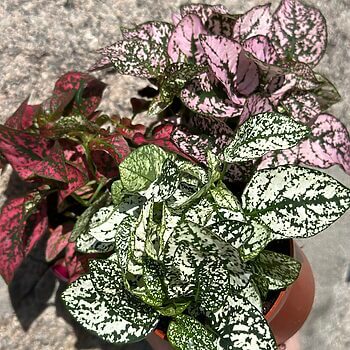
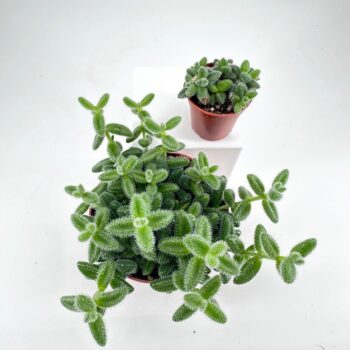
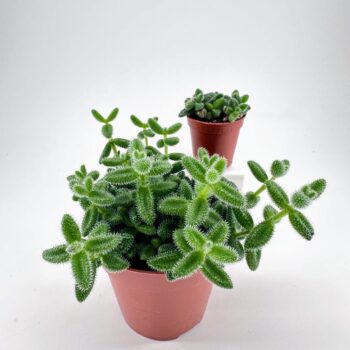
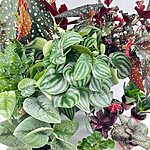




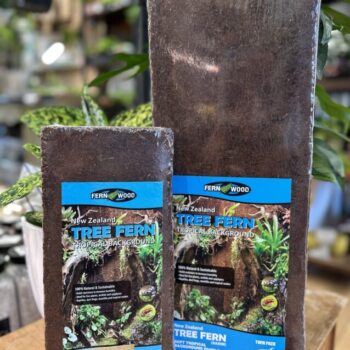
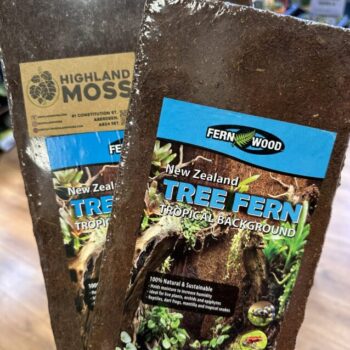
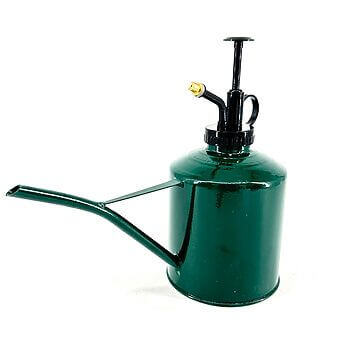
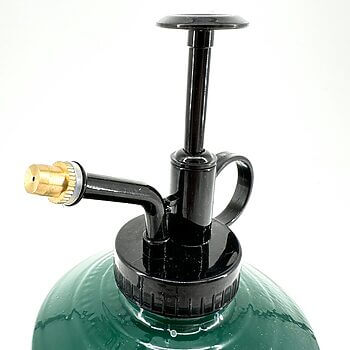



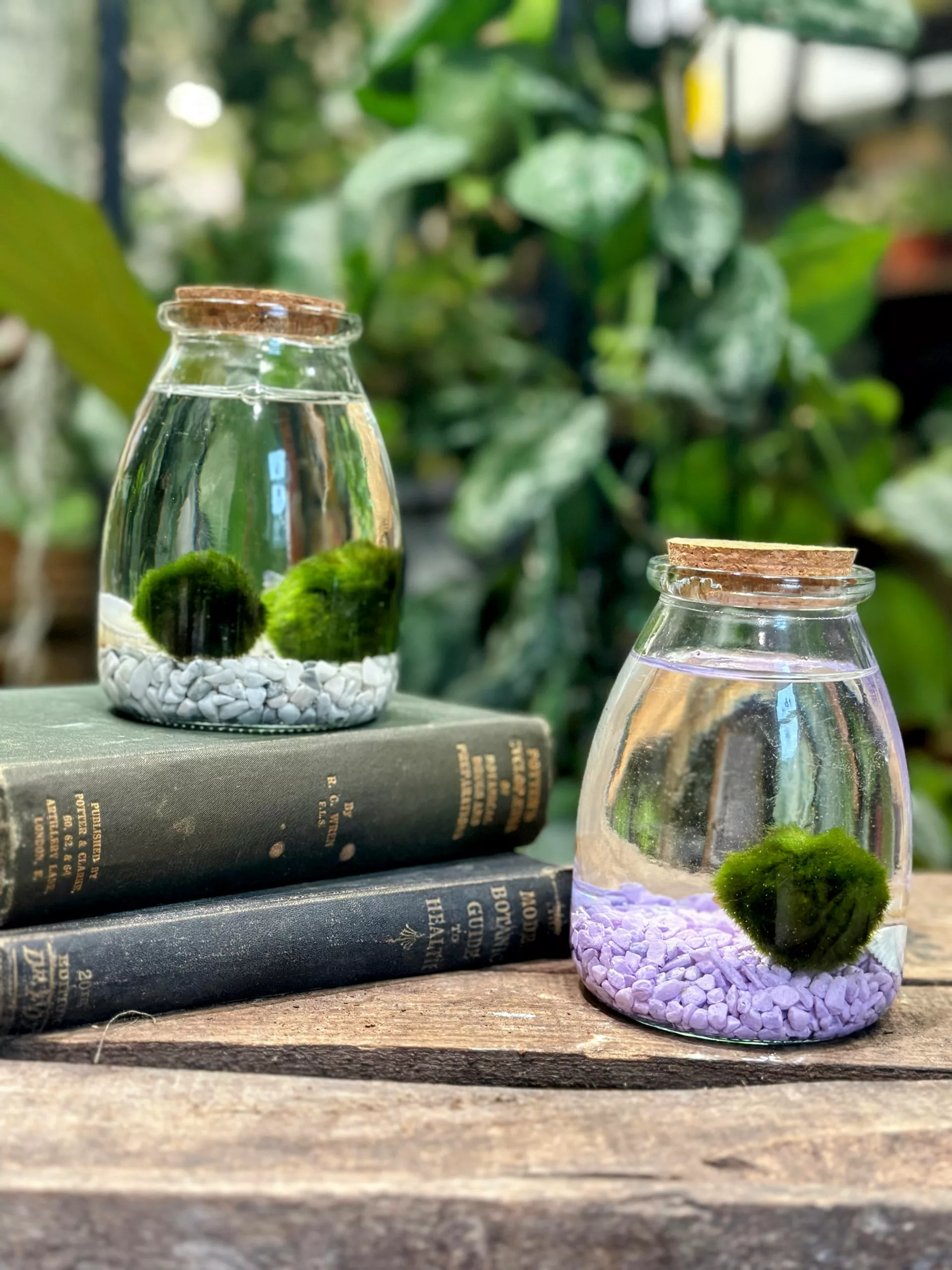
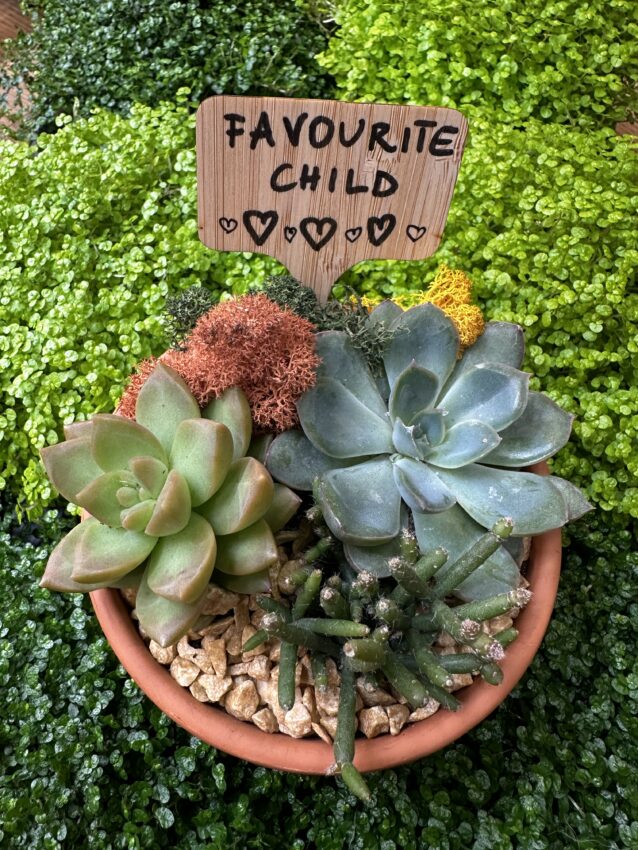
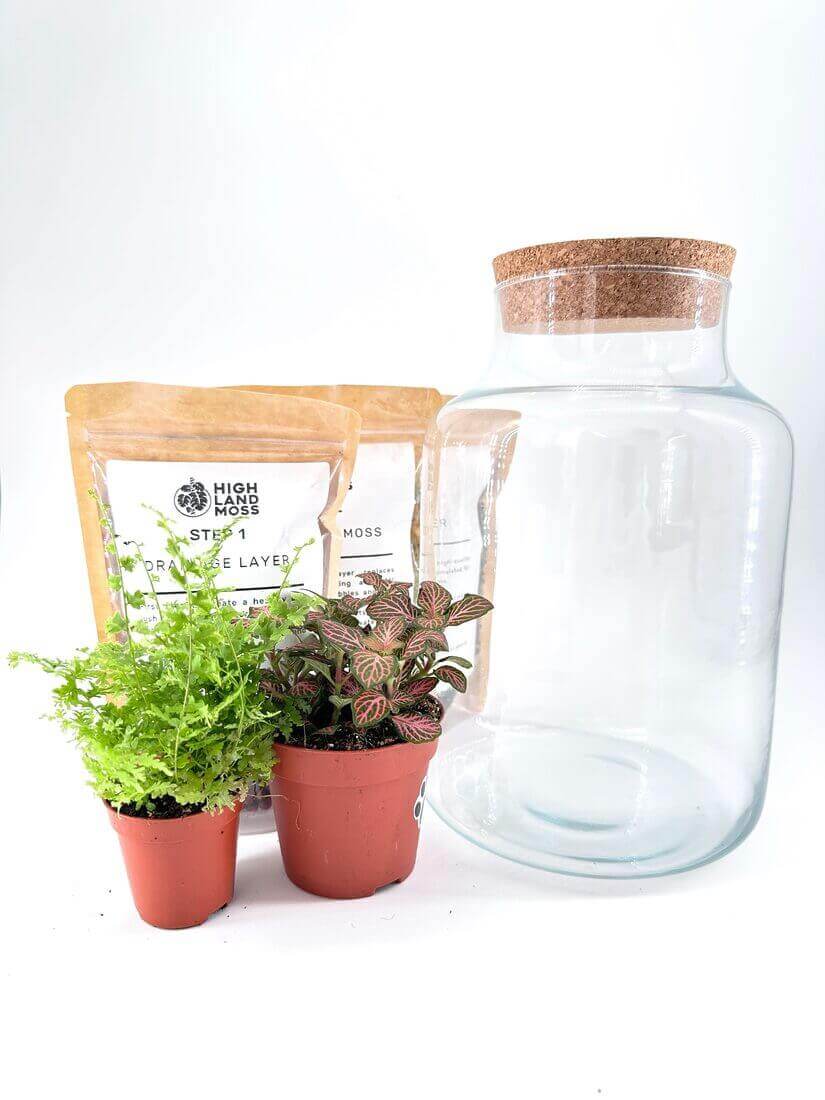

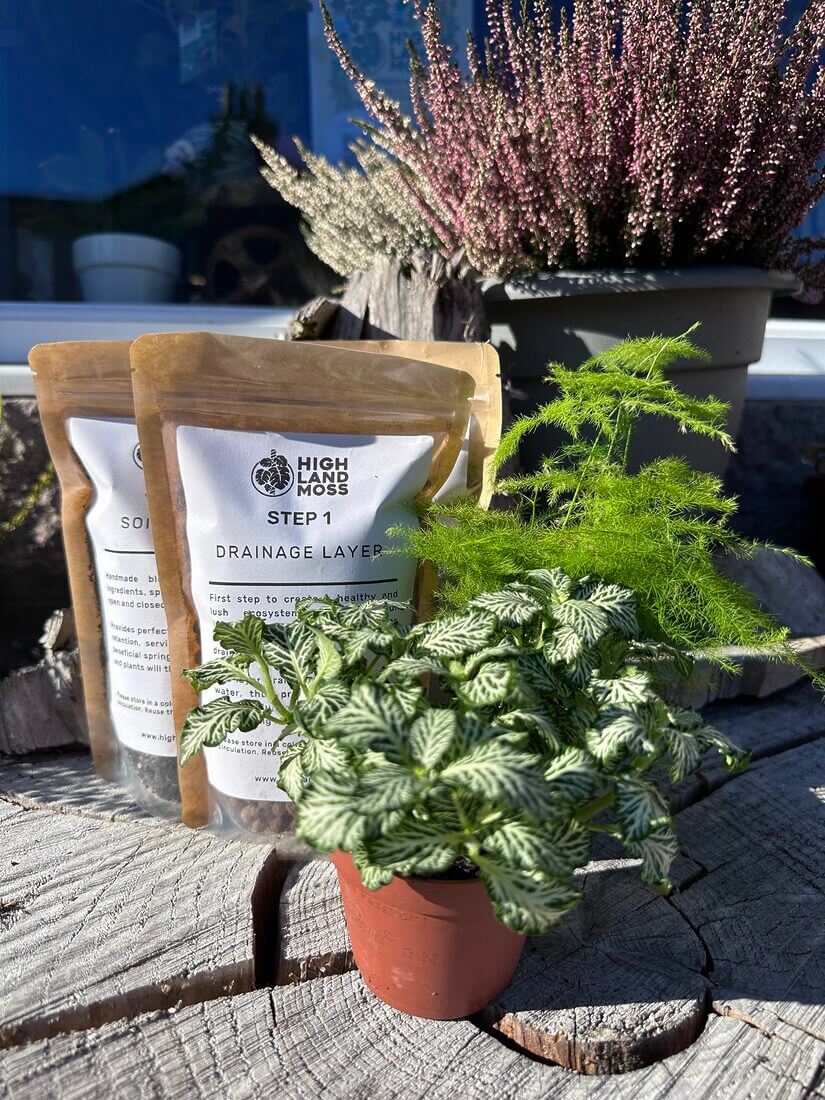




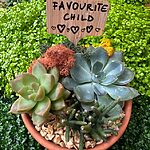
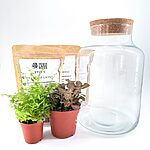

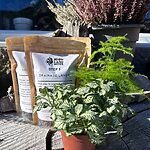









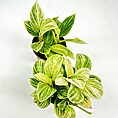
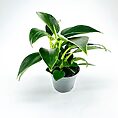

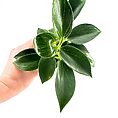
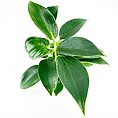
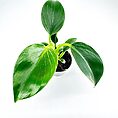

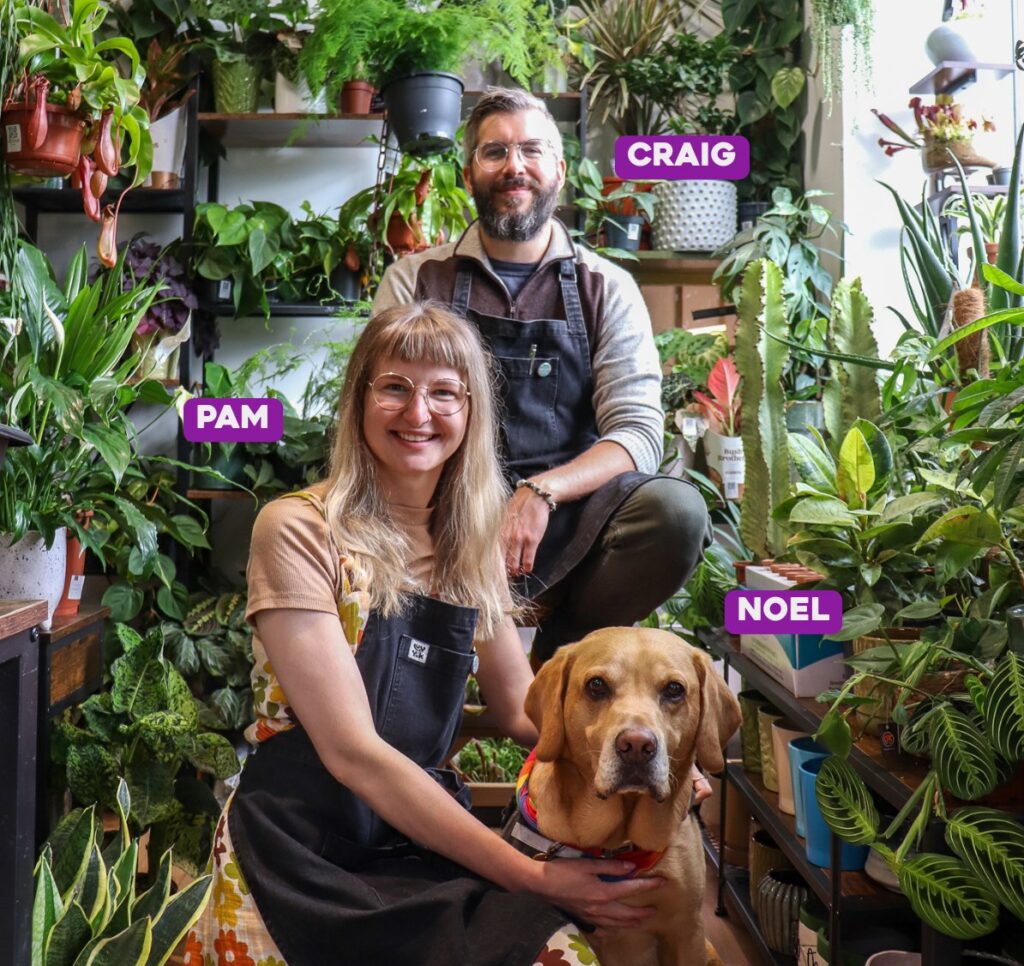

Local buyer – placed my order on Friday night, Pam popped round on Saturday evening to drop it off direct to my door, absolutely fantastic service!
Well Packaged and safely delivered
Easy to order, prompt delivery, well-packaged